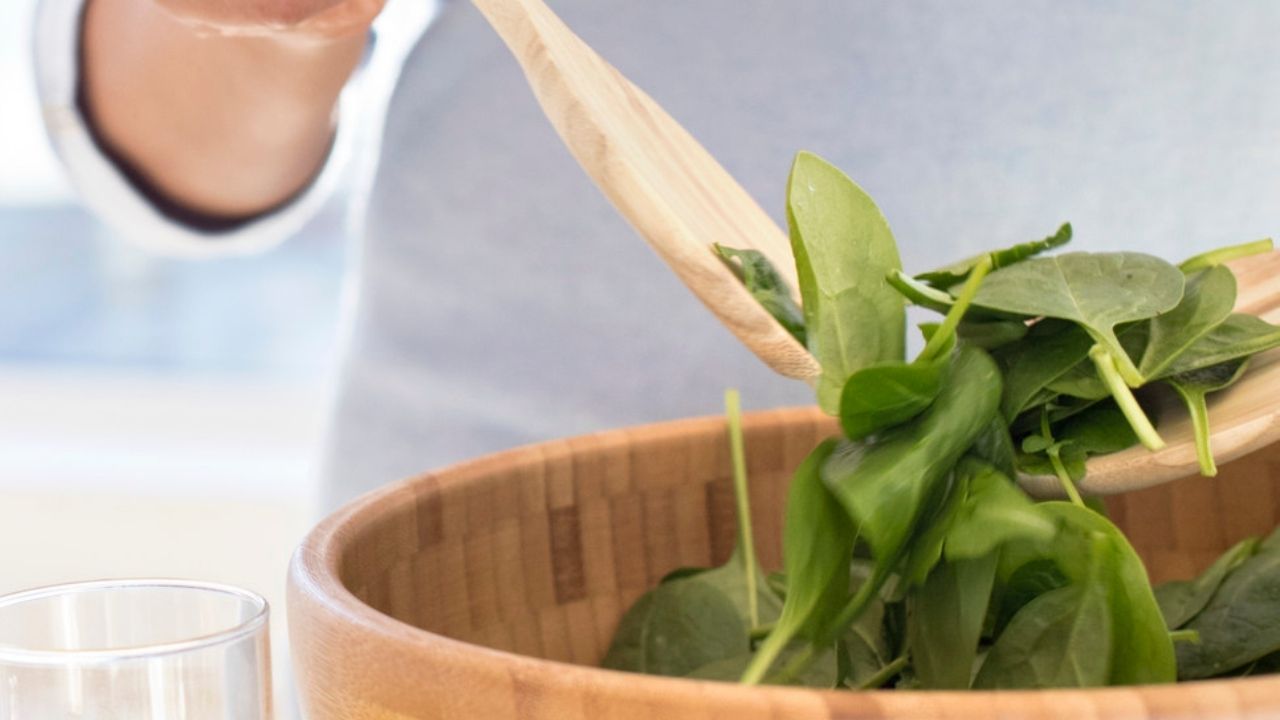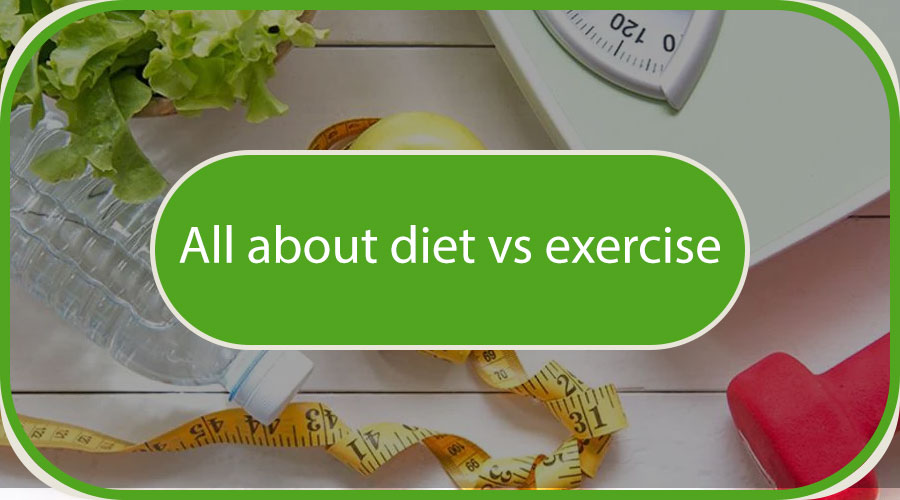
Refined grains are basically white flour. This process removes the germ and bran, leaving only the endosperm intact. This endosperm is the portion of the grain that is highest in carbohydrates, but contains the least amount of nutrients. This makes refined grains the most used ingredient in baked goods or packaged foods. Because of their convenience, refined grains are commonly used as the basis for packaged goods.
The American Heart Association recommends that you eat at least five portions of whole grains per day. American Heart Association recommends eating more whole grains rather than processed grains. Whole grains have been proven to be beneficial in preventing the development of heart disease. However, some studies are contradictory. There are some contradictory studies, such as the Iowa Women's Health Study or Nurses' Health Study that found whole grain intake is associated to a lower chance of developing cardiovascular disease. American Diabetes Association estimates that 25,000,000 adults have Type 2 Diabetes. And another 79 million have prediabetes.

These studies may have produced some interesting conclusions. However, it is important not to confuse the quantity of refined grains with whole grain. Seven daily servings of refined grains per day contribute to nutrient intake while not increasing the risk for disease. Refined grains contain more sugar and fat, so they should be consumed moderately. Refined grains are a good source of high-quality proteins. You shouldn't think that a diet high on these grains will benefit your health.
Whole grains are healthier than refined grains. Whole grains are better for you than refined grains. These foods are low-in saturated fat and cholesterol. They should be avoided if weight loss is your goal. Refined grains are high in calories, calorie and calorie. They also contain less fibre and other nutrients. Because refined grains are processed, the nutritional value of these grains can often be lower.
The phytic Acid, which binds nutrients and reduces their absorption, is also found in refined grains. The acid also inhibits the production of beneficial fatty acids, which are essential to maintaining health. Refined grains can lead to an increased risk of cardiovascular disease and obesity. They are also high in phytic acids, which can be harmful to your health. It may even be the reason for cancer. Consider the health risks of refined grains and opt for whole grain varieties.

According to the US Department of Agriculture, whole grain products contain more fiber and lower amounts of saturated fat. Moreover, studies have shown that whole grain products have a lower glycemic index. Refined grain products also have a more refined texture and a more neutral color. Whole grains are better than refined grain products when it comes down to heart disease prevention and obesity prevention. You can learn more about the health benefits of wheat and other grains if you are concerned about your diet.
FAQ
Exercise: Good or Bad for Immunity?
Exercise is good for your immune system. Your body creates white blood cells when you exercise that fight infection. Your body also gets rid of toxins. Exercise is a great way to prevent heart disease, cancer, and other diseases. It reduces stress.
But, too much exercise can lead to a weakening of your immune system. You can cause muscle soreness by working out too hard. This can cause inflammation and swelling. To fight infection, your body will produce more antibodies. This can lead to allergic reactions and other autoimmune disorders.
So, don't overdo it!
How do I know what's good for me?
Listen to your body. When it comes to your body's needs for exercise, food, or rest, it is the best. It is important to listen to your body to ensure you are not doing too much. Listen to your body and make sure you're doing everything you can to stay healthy.
Take herbs and other supplements to improve your immunity
To boost immunity function, herbs and natural remedies are available. You can use ginger, garlic, echinacea oregano oil and vitamin C as examples.
These herbal remedies should not be used in place of conventional medical treatment. Side effects can include nausea, dizziness, stomach cramps and dizziness.
How often should you exercise?
Fitness is key to a healthy lifestyle. But, you don't need to spend a specific amount of time exercising. The key is finding something you enjoy and stick with it.
When you exercise three times per week, aim for 20-30 minutes moderate intensity. Moderate intensity will mean that you'll continue to be exerting yourself afterward. This type works out burns around 300 calories.
Walking is a great option if you are a keen walker. You can do 10-minute walks four days per week. Walking is easy on the joints and has low impact.
If you'd rather run, try jogging for 15 minutes three times a week. Running is a great way of burning calories and building muscle tone.
You should start slowly if it's your first time exercising. Begin by only doing 5 minutes of cardio five times per week. Gradually increase duration until you achieve your goal.
How can I reduce my blood pressure
Find out the causes of high blood pressure first. Next, take steps that will reduce the risk. These could include taking medication, eating less salt and losing weight.
You also need to make sure you are getting enough exercise. Walking can be a good alternative to regular exercise if time is tight.
If you're unhappy with the amount of exercise you do, you might consider joining a fitness club. It's likely that you will want to join a gym with other people who are working towards the same goals as you. You will find it easier to keep to a workout schedule if you have someone to watch you at the gym.
Statistics
- WHO recommends reducing saturated fats to less than 10% of total energy intake; reducing trans-fats to less than 1% of total energy intake; and replacing both saturated fats and trans-fats to unsaturated fats. (who.int)
- The Dietary Guidelines for Americans recommend keeping added sugar intake below 10% of your daily calorie intake, while the World Health Organization recommends slashing added sugars to 5% or less of your daily calories for optimal health (59Trusted (healthline.com)
- Extra virgin olive oil may benefit heart health, as people who consume it have a lower risk for dying from heart attacks and strokes according to some evidence (57Trusted Source (healthline.com)
- In both adults and children, the intake of free sugars should be reduced to less than 10% of total energy intake. (who.int)
External Links
How To
How to Live A Healthy Lifestyle
A healthy lifestyle is one that allows you to maintain your weight, your health, and your fitness. Healthy living means eating right, exercising regularly, getting enough rest, and staying away from harmful substances like alcohol, tobacco, cocaine, and drugs. A healthy lifestyle helps you stay fit and feel good about yourself. You are also less likely to develop chronic diseases such heart disease and stroke, diabetes or cancer.
The primary goal of this project was provide a step to help people live a healthier lifestyle. The introduction was the first section of the project. It explains the importance of a healthy lifestyle, how it can be achieved, and who you are. Next, I wrote the body paragraphs. These include tips and tricks for maintaining a healthy lifestyle. Finally, I wrote the conclusion, which summarizes the whole article and provides some additional resources if needed.
I learned how to create a concise and clear paragraph through this assignment. I also learned how topic sentences and supporting details can be organized. Moreover, I improved my research skills because I had to find specific sources and cite them properly. I also learned proper grammar and writing skills.